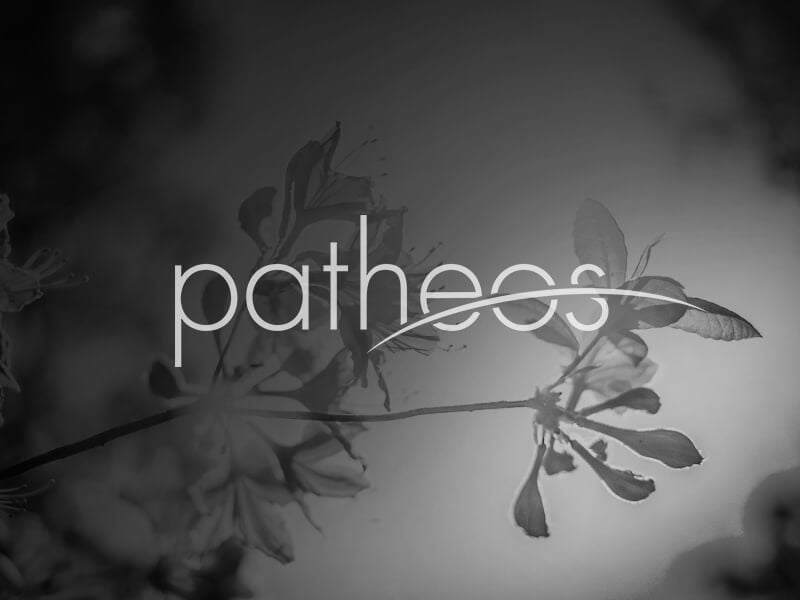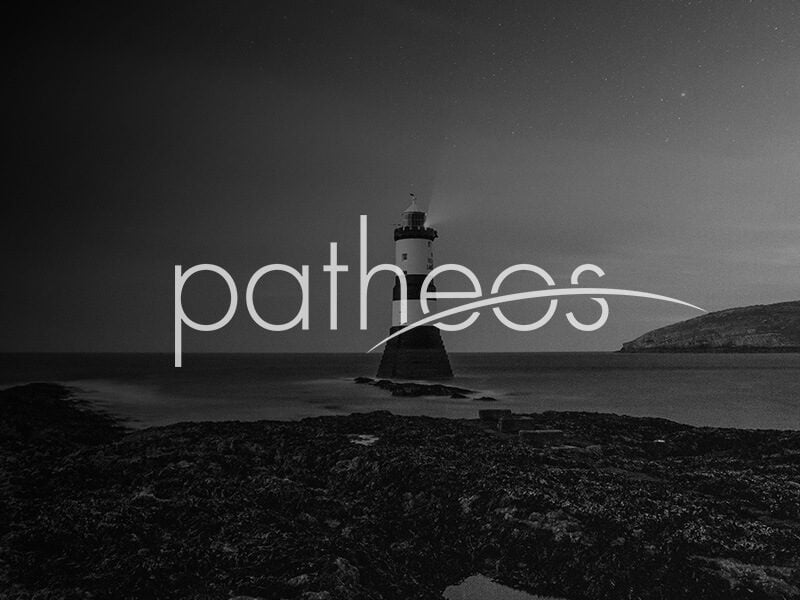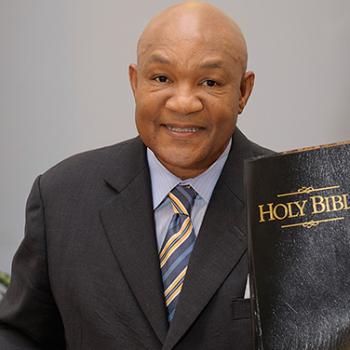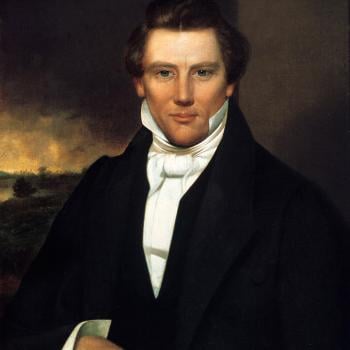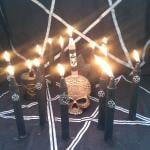A few scattered notes from Jarl Fossum’s book examining the links between the figure of the “angel of Yahweh” in Samaritan theology and the “demiurge” of gnosticism. 1) Fossum points out that Simon Magus, legendarily the fountain of Gnosticism, venerated the Torah, and that some of the church Fathers said Cerinthus advocated circumcision and the keeping of Sabbath. He also finds texts in the Nag Hammadi collection that express a similar veneration for the law as well. The first gnostics... Read more





